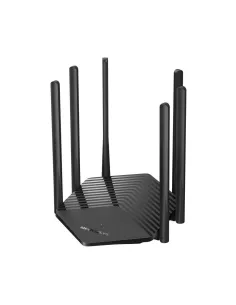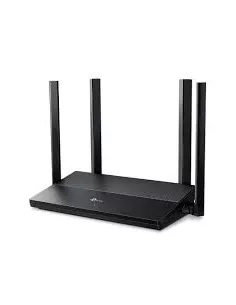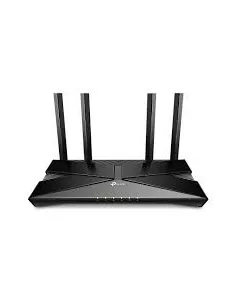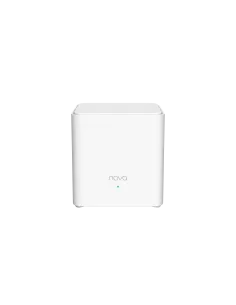Mercusys AC1900 Dual Band WiFi Gigabit Router | MRC-MR50G
This item is available for shipping or collection from our Centurion branch.
This item is available for shipping or collection from our Nelspruit branch.
This item is available for shipping or collection from our branch.

















Comments
View Comments